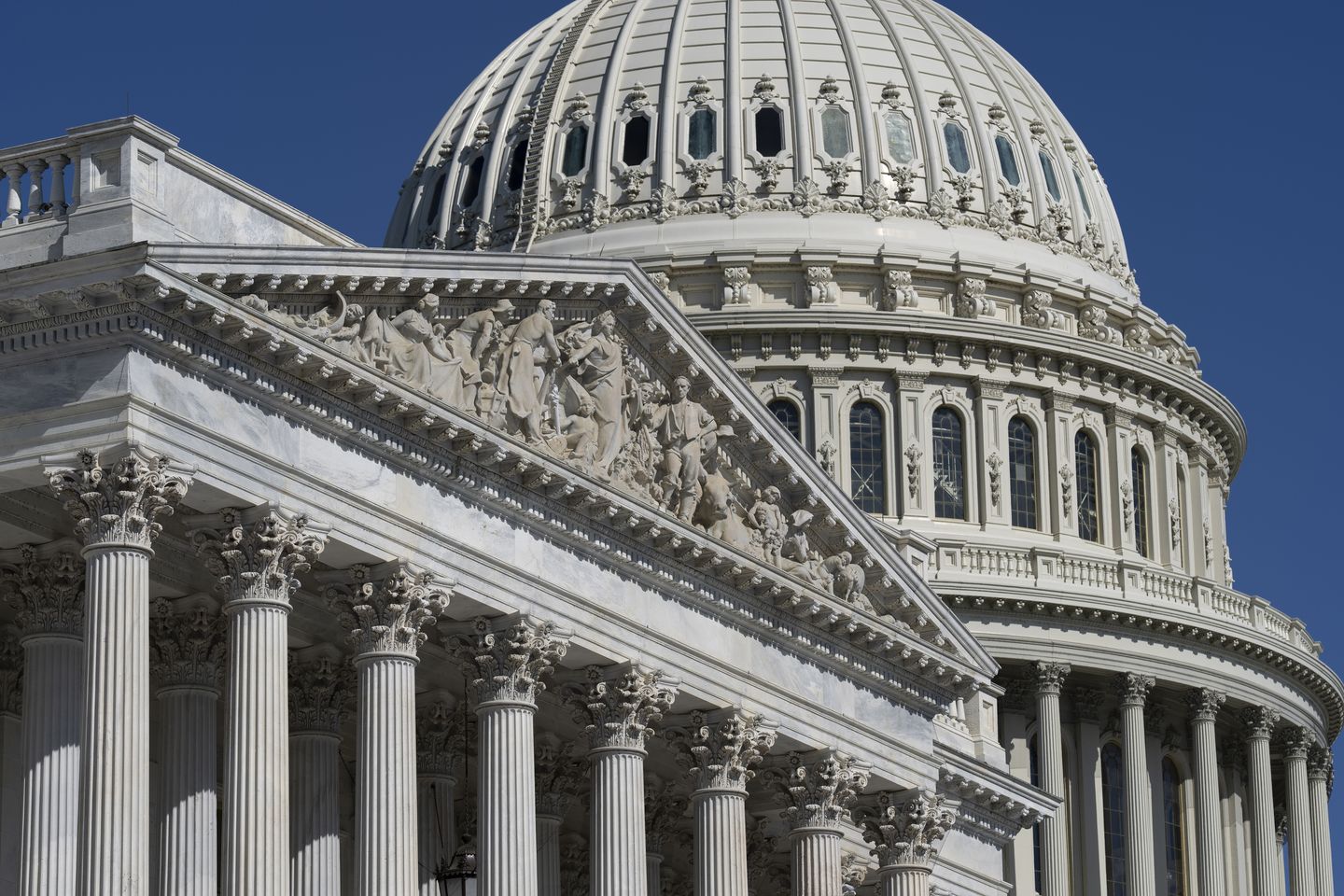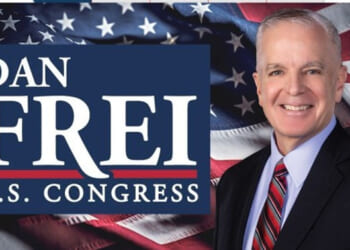
President Trump’s tariffs would dramatically slash budget deficits through new revenues but also reduce the size of the U.S. economy and spark inflation that erodes the purchasing power of households and businesses, according to congressional budget scorekeepers.
The Congressional Budget Office said tariffs imposed by executive order from January to mid-May would slash primary deficits by $2.8 trillion during the 2025-2035 budget period, as customs officials collect duties from importers who bring foreign goods into U.S. markets.
The estimate accounts for projected changes in imports and exports, as well as the economy as a whole, resulting from the tariffs. Mr. Trump often boasts about the revenue-generating impact of tariffs, saying they will make the country rich.
Yet the trade-off would be a reduction in economic output, “in part because of tariffs imposed by other countries in response to the increases in U.S. tariffs,” the analysis said.
The analysis said inflation would rise by an annual average of 0.4 percentage points in 2025 and 2026, reducing Americans’ ability to buy goods.
Democrats and conservative critics of tariffs point to this possibility, saying tariffs stifle free markets and would result in price hikes after Mr. Trump campaigned as a reformer who would bring down everyday costs.
Tariffs are a tax or duty paid by importers on goods they bring in from foreign markets.
Mr. Trump says tariffs are a great way to force companies to return to America or keep their operations in the U.S., employ American workers and create revenue to fund domestic programs.
Foreign countries don’t pay the tariffs directly to the U.S. Treasury. In many cases, U.S. companies will pay the levies, and they might pass on at least some of the cost to consumers through higher prices.
Mr. Trump on April 2 announced a blanket 10% on all imports and higher levies on countries that sell plenty of products to American consumers but don’t buy nearly as much from U.S. producers. Those heftier tariffs are on hold pending a 90-day freeze for negotiations.
China is the exception, with de-escalation talks in Switzerland resulting in a 30% tariff on Chinese imports and 10% tariff on goods that flow from the U.S. to China.
Mr. Trump recently doubled tariffs on steel and aluminum from 25% to 50%.
Canada and Mexico are still subject to a 25% tariff over the fentanyl crisis, though a range of goods are exempt under the U.S.-Mexico-Canada agreement.
The CBO conducted its analysis in response to a request from Democratic leaders in Congress.
The CBO assumes that the tariffs would be in place permanently. However, the analysis was concluded before the U.S. Court of International Trade held that Mr. Trump overstepped his authority with sweeping tariffs on other nations. An appeals court paused the implementation of that ruling.
Mr. Trump is also negotiating with dozens of nations on trade deals that could impact tariff levels.












